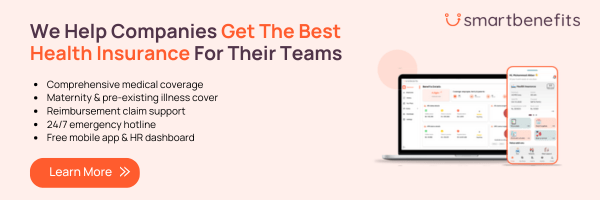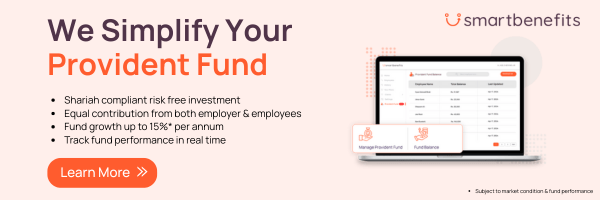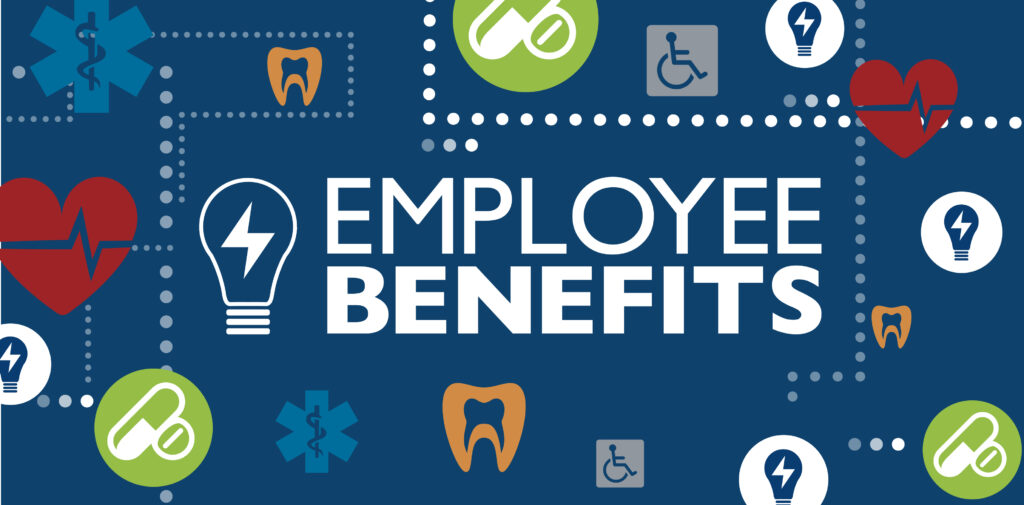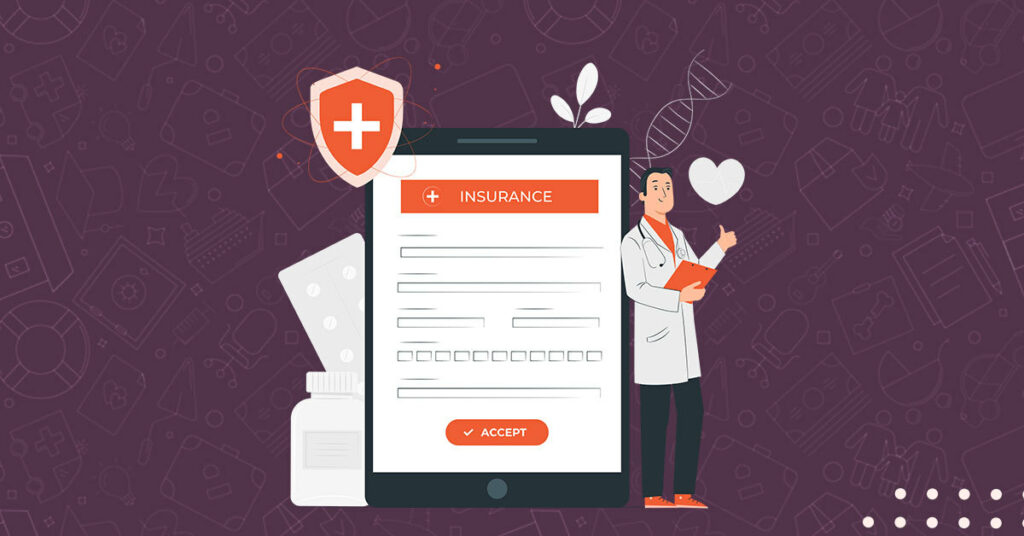As people managing HR in businesses today will agree, offering a good salary just isn’t enough anymore. In fact, the real challenge isn’t just hiring talented people anymore, it’s keeping them. More and more employees in Pakistan are looking for long-term security, peace of mind, and a workplace that genuinely cares about their future.
That’s where a well-structured employee benefits package comes in. HR professionals swear by finding the right balance between group life insurance, provident fund, and EOBI contributions. This can make all the difference, not just in employee satisfaction, but in retention, reputation, and overall organizational stability.
Understanding These Three Key Benefits
If you’re in HR or run a business, you’re probably already familiar with these three, but it helps to revisit why they matter and how they complement each other.
Group life insurance is a safety net many consider non-negotiable. It provides a lump sum to an employee’s family in case of their death during service. It’s affordable, and honestly, it sends a strong message to the workforce team: “You and your family matter to us.” In Sindh, it’s even a legal requirement under the 2021 amendment to the Social Security Act. But even if you’re outside Sindh, offering this voluntarily adds real value—and builds trust.
The Provident Fund is a long-term commitment to employees. Both management and staff contribute, typically 10% of basic salary, and the savings grow steadily over time. It’s a smart way to help employees build a financial cushion for retirement or major life events. Plus, when the fund is registered properly, there are tax benefits for both sides.
EOBI is the government’s contribution to this equation. Any business with more than five employees is legally required to participate. The business’s share is 5% of the minimum wage, and the employee contributes 1%. While the payout may not be huge, it provides an essential safety net for retirement, disability, or death. It’s basic, but still meaningful.
Why Balancing All Three Matters
Each of these benefits serves a unique purpose. Life insurance addresses immediate risk, the provident fund builds future security, and EOBI ensures basic retirement coverage.
However, offering them in isolation doesn’t move the needle. What really makes an impact is when they’re presented together, as part of a cohesive, well-communicated benefits strategy.
Key Points To Remember
When you started designing a benefits package, it can take some trial and error. Here are some things recommended to HR leadership or business owners:
- Stay compliant, but also proactive. Just meeting legal obligations around EOBI and, by providing group life cover, can be enough. But getting ahead of regulations even if you’re not legally required to do so can pay off, as it shows foresight and earns employee trust.
- Don’t assume employees understand the benefits. Most people don’t really grasp how EOBI or provident funds work. Now, running short sessions during onboarding and holding annual benefit briefings can help build awareness and appreciation.
- Be mindful of cost—but don’t let it hold you back. Yes, provident fund matching and life insurance premiums add up, especially if you have a growing workforce. It can be managed by setting ceilings where needed and tailoring coverage levels without compromising the value.
- Integrate your benefits into your company culture. Instead of treating these benefits as isolated perks, tie them into the broader EVP (employee value proposition). It helps to make it clear: your business invests in people.
What the SECP Is Saying and Why It Matters
A 2024 SECP study titled “Insurance as a Tool of Social Security in Pakistan” confirmed something we already sensed: most workers in Pakistan, even in the formal sector, aren’t fully protected.
This gap is a concern, but also an opportunity—for those of us in leadership—to step up. By offering structured, meaningful benefits, we position ourselves as responsible employers. And increasingly, financial inclusion and employee wellbeing are being seen as part of a company’s ESG footprint. That matters—not just for compliance, but for reputation.
A Quick Look at What Worked for A Company
A mid-sized company in Karachi has about 300 employees. It contributed to EOBI, operated a registered provident fund with a 10% employer match, and recently launched a group life insurance plan with PKR 1.5 million coverage per employee.
The results? Within two years, its attrition rate dropped by 18%. A staff survey revealed that 72% of employees felt more financially secure than before. From what has been proven repeatedly, success wasn’t just about offering the benefits, it was about communicating them clearly and making them part of the company’s identity.
How to Start (or Strengthen) Your Benefits Strategy
If you’re thinking of upgrading your approach, here are some practical steps that worked for us:
- Review where you stand: Make sure your current benefits meet legal requirements, especially EOBI and provident fund contributions.
- Speak with a licensed broker: They can help structure a group life policy that fits your team and your budget.
- Document everything clearly: A short, readable policy for each benefit can eliminate a lot of future confusion.
- Host benefit sessions: Even one quick annual overview can improve understanding and uptake.
- Review annually: With inflation, wage changes, and shifting regulations, an annual audit keeps your benefits up to date.
- Ask employees what they value: Quick pulse surveys or open Q&A sessions help you tailor your benefits to actual needs—not assumptions.
Final Word
If there’s one thing HR and business leadership should believe in, it’s that: employee benefits aren’t just a line item on your budget, they’re a reflection of your company’s values.
Balancing group life insurance, provident fund, and EOBI is more than a compliance checklist. It’s a statement that says, “We care about your now, and your future.”
In a challenging economic environment like Pakistan’s, that message can set your business apart. And the sooner you invest in it, the more resilient and loyal your workforce will be.

Sadia Zaheer holds a Masters in Business Administration from IBA, Karachi. After working in several financial institutions in Client Management, Corporate Lending, Islamic Banking and Product Management she jumped careers to pursue a career in writing.
She is a Finance, Business and HR Development writer with four years of experience. She reads a lot and takes care of her multiple cats to remain calm.





